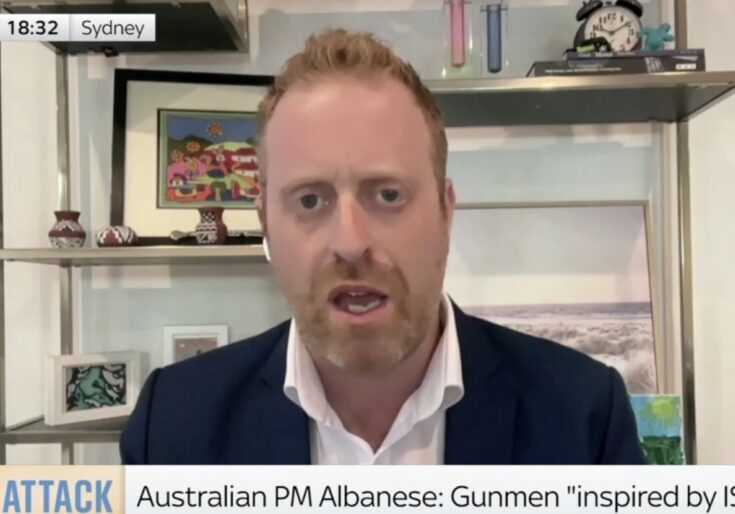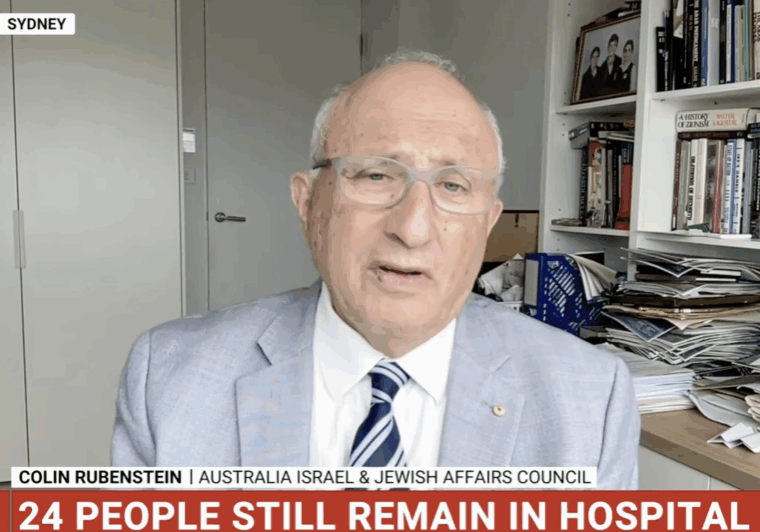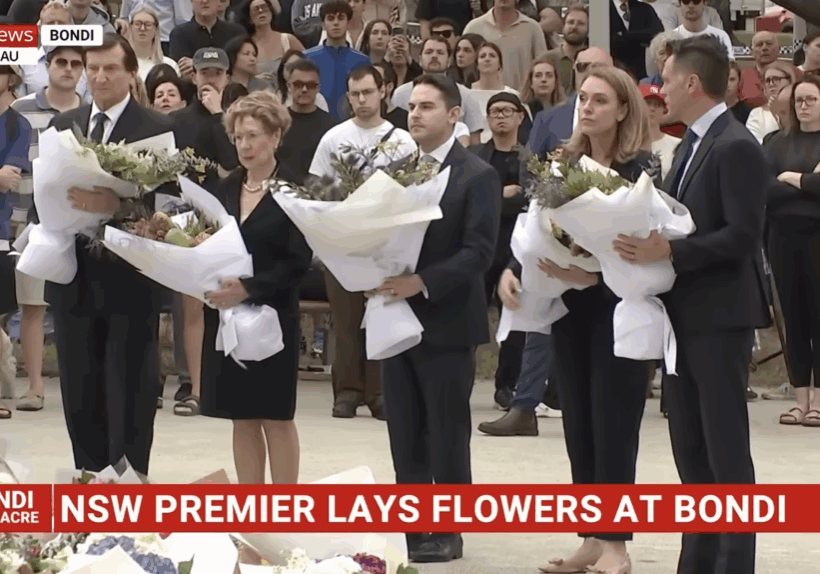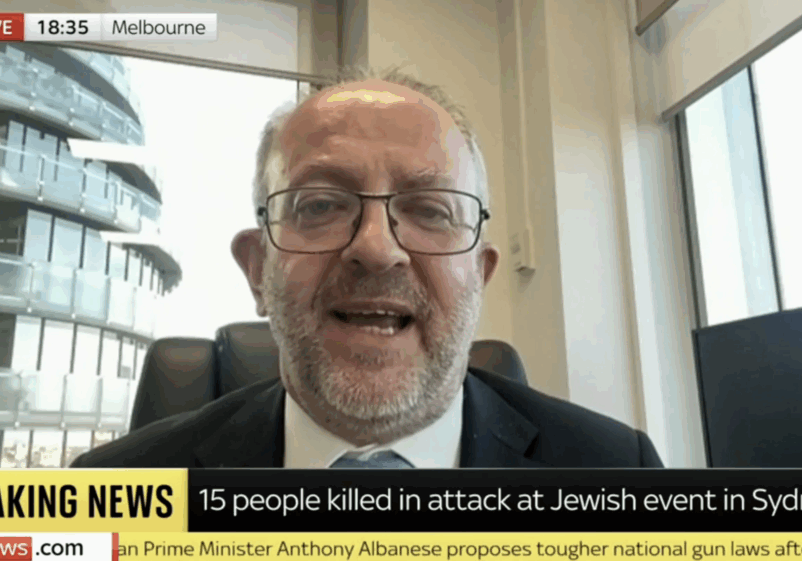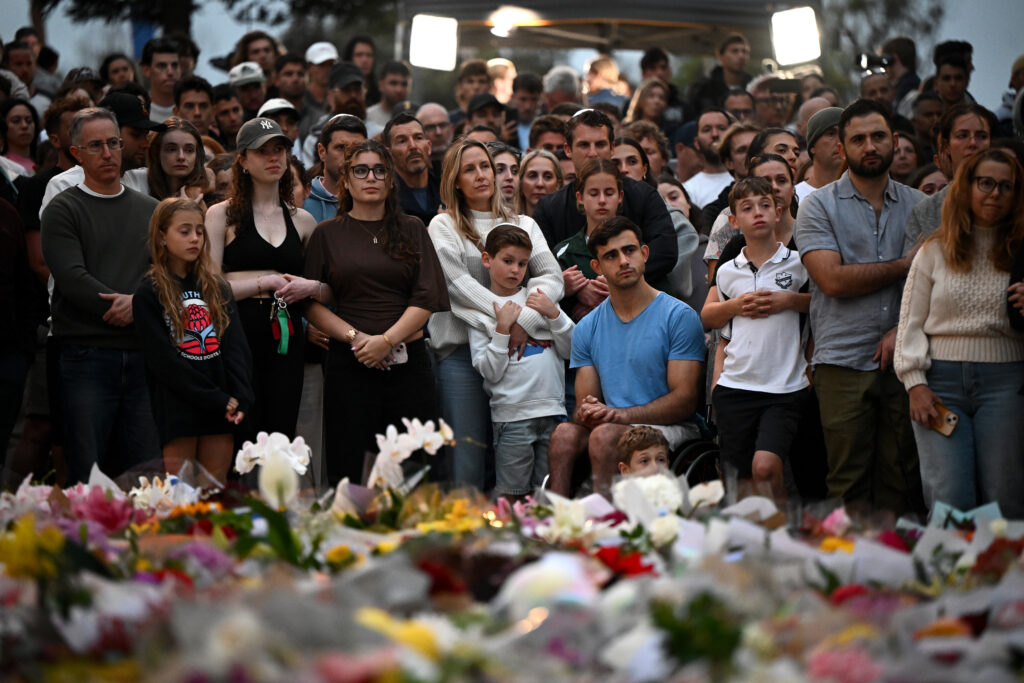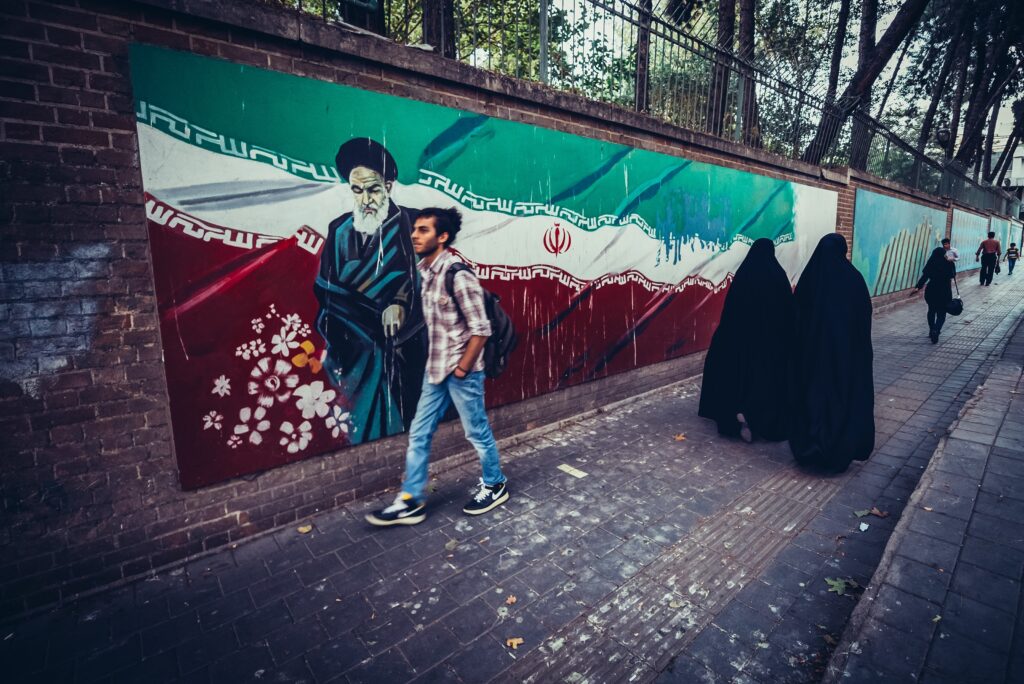FRESH AIR
UPDATES
Settlement hype, not ‘activity’, reaches new high
September 7, 2016 | Ahron Shapiro
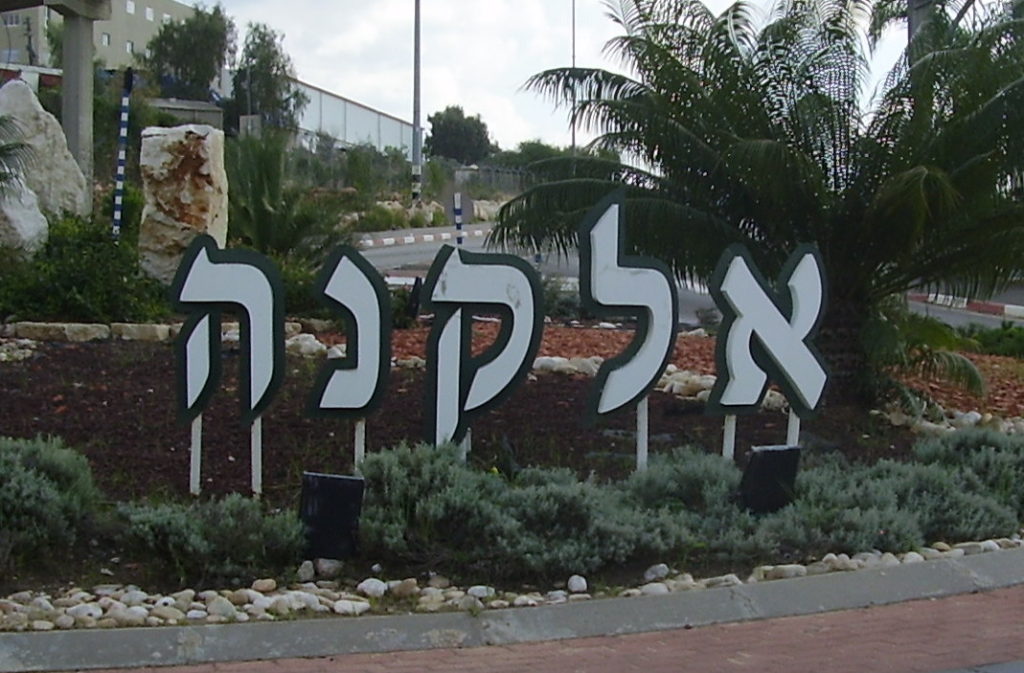
Regular readers of AIJAC research know how – among all the rifts in the Israeli/Palestinian conflict – the significance of the issue of construction within Israeli settlements in the West Bank has long been overemphasised and exaggerated in international diplomacy.
Ironically, this disproportionate focus on settlements over every other issue has only made peace prospects more remote by reinforcing the Palestinian pretext to continue avoiding negotiations with Israel.
However, White House and State Department criticism of Israel last week over construction in its West Bank settlements may just have set a new high-water mark for settlement hysteria.
The controversy was covered in the news in Australia and New Zealand.
In an online article for ABC about Australian Foreign Minister Julie Bishop’s visit to Israel, ABC’s Middle East correspondent Sophie McNeill wrote:
Last week, Israel announced it was building more than 280 new housing units in the occupied West Bank, a move the United States described as concerning.
Meanwhile, Friday’s New Zealand Herald devoted a third of a page to a Reuters story on the subject, titled “US criticises new wave of Israeli settlements in the West Bank”
The Herald article featured a pullquote from US State Department John Kirby saying:
“These policies have effectively given the Israeli government a green light for the pervasive advancement of settlement activity in a new and potentially unlimited way.”
But do the facts actually justify this level of criticism? First of all, out of the 284 units in question, 234 of them are not new apartments or homes, but a single nursing home in Elkana.
People who are familiar with such facilities realise that we are talking about what amounts to a single building with, astonishingly, every individual room in the nursing home being considered a separate “home” for the purposes of international criticism.
Israelis are unlikely to move from Israel to Elkana to live in the nursing home. It is essentially a medical facility for residents of the area – not housing. There are no known precedents for this claim and it defies common sense to condemn it as though we are talking here about entire neighbourhoods of new individual family homes.
But what about the other authorisations? Thirty houses were approved in Beit Arye and 20 dwellings in Givat Ze’ev – that’s true. But Givat Ze’ev has a population of over 15,000 people and Beit Aryeh has a population of over 4,500 people. In this context, we’re not talking about a substantial expansion relative to the size of the settlements.
Moreover, Elkana is 3.1 kilometres from the pre-1967 boundary with Israel, Beit Aryeh is 3.8 kilometers and Givat Ze’ev is five kilometres from Jerusalem. All are situated within the settlement blocs that are expected to be retained by Israel in any peace agreement through the use of land swaps which US President Barack Obama, Fatah and even the Arab League have endorsed in principle.
In the Herald story, Kirby went further – criticising Israel’s decision to retroactively issue building permits for 179 existing homes that were built in Beit Arye-Ofarim many years ago (while Reuters does not mention exactly when these homes were built, Ha’aretz (subscription required) reported they were built beginning in the 1980s.)
Kirby said:
“We are deeply concerned by the Government’s announcement to advance plans for these settlement units in the West Bank,” US State Department spokesman John Kirby said at a news briefing in Washington.
“We are particularly troubled by the policy of retroactively approving unauthorised settlement units and outposts that are themselves illegal under Israeli law.
“These policies have effectively given the Israeli Government a green light for the pervasive advancement of settlement activity in a new and potentially unlimited way.”
Meanwhile, the Ha’aretz story cited a separate comment, this time coming from the White House.
White House spokesman Josh Earnest called the approvals a “significant expansion of settlement activity” and said the development “poses a serious and growing threat to the viability of a two-state solution” to the Israeli-Palestinian conflict.
“We are particularly troubled by a policy of retroactively approving illegal outposts and unauthorized settlements,” Earnest said. “I think we have been quite unambiguous about the concerns we have on this issue.”
Kirby’s and Earnest’s statements defy all logic and common sense. The number of approvals involved here are nominal – 50 overall – and they deal exclusively with new construction of homes within the boundaries of settlements Israel is expected to keep as part of any peace agreement. This hardly represents a “significant expansion of settlement activity” or poses “a serious and growing threat to the viability of a two-state solution.”
Furthermore, issuing belated permits for decades-old homes within existing Green Line settlements doesn’t “advance” settlement activity one iota.
It’s a bureaucratic adjustment that – particularly here in the case of houses within an authorised settlement located inside the expected land-swap zone – has no practical significance whatsoever.
Moreover, Kirby and Earnest were absolutely wrong to depict Ofarim, where these retroactive permits are being issued in this case, as some kind of settlement “outpost that [is] illegal under Israeli law”. It simply isn’t, when you look at the facts.
Just over 3.3 kilometres from the Green Line and 13 kilometres away on the direct approach path to Ben Gurion Airport’s Runway 26, it’s a fullly-fledged settlement established in 1989 with the blessing of Labor as well as Likud under a Unity Government at that time.
According to Jerusalem Post reporter Joshua Brilliant in an article announcing the establishment of Ofarim to coincide with Israeli Independence Day in 1989 [1],
“[Ofarim is]among the eight settlements which the Alignment [Labor] and Likud agreed to set up when they formed the present coalition.”
In addition, there is clearly more to this “retroactive legalisation” story we’re not hearing about.
How so? If you zoom in on a satellite picture of Ofarim (like from this screenshot from Google Maps) and you count up the houses you will conclude that the retroactive permit covers what appears to be virtually every single home in Ofarim. And yet we know that Ofarim was an authorised settlement, announced with the bipartisan endorsement of both Labor and Likud in 1989.
Put another way, there is a discrepancy between what we know – that Ofarim was unquestionably established as an authorised settlement – and the fact that these houses were built without having certain paperwork in place. It would be interesting to investigate how and why this discrepancy came about but it doesn’t diminish the significance of the fact that Ofarim was built with the permission of the Israeli government (and a Unity Government at that).
In any case – and it’s worth exploring a bit further here – there’s a reason why Israel wants to retain these settlements. A feature article [2] written in December 1997 by the Jerusalem Post‘s Herb Keinon mentioned Ofarim among other settlements in this context:
These are communities that, using Yitzhak Rabin’s lexicon, are “security” settlements, not “political” ones. They are among those planned by the Labor government in the 1970s – though they were actually set up during the Likud-led government of the early 1980s – to widen Israel’s waist at its narrowest point, secure the country’s water resources and gain control over the approaches to Ben-Gurion Airport.
Elkana serves the same purpose. Similarly, Givat Ze’ev is a suburb of Jerusalem and sits along Route 443, a strategically vital road that gives Israel’s capital a crucial second access route from the coastal plain.
In conclusion
As I’ve blogged recently, construction of homes within settlements since Prime Minister Netanyahu took office in 2009 has been historically low and has failed to accommodate even natural growth due to births and marriages. The vast majority of construction that has been permitted has taken place within settlement blocs.
The most recent controversy has been exaggerated by illogically and unfairly counting a single nursing home as if it were over 200 separate new housing units and by fanning outrage over Israeli bureaucratic paper-shuffling and statistically insignificant construction approvals within three settlements Israel is likely to retain in any peace agreement due to land swaps in the first place.
In light of all this, the puzzling question is why the Obama Administration has decided to give the Palestinians even more incentive to avoid negotiations while at the same time signalling to Israel that the US isn’t really serious about supporting the principle of land swaps it has previously endorsed as being an essential element of any peace agreement.
Such erratic and contradictory messages from the Obama Administration continue to be unhelpful and, ironically, are themselves making a two-state outcome increasingly less likely in the short term.
Ahron Shapiro
Postscript: For more, see BBCWatch and UK Media Watch blogs in response to UK media coverage of this controversy.
Endnotes
1. “Two new settlements in West Bank”, Jerusalem Post, 8 May 1989. Archive only – no online link.
2. “Unsettled five minutes from Kfar Sava”, Jerusalem Post, 26 December 1997. Archive only – no online link.
Tags: Israel
RELATED ARTICLES
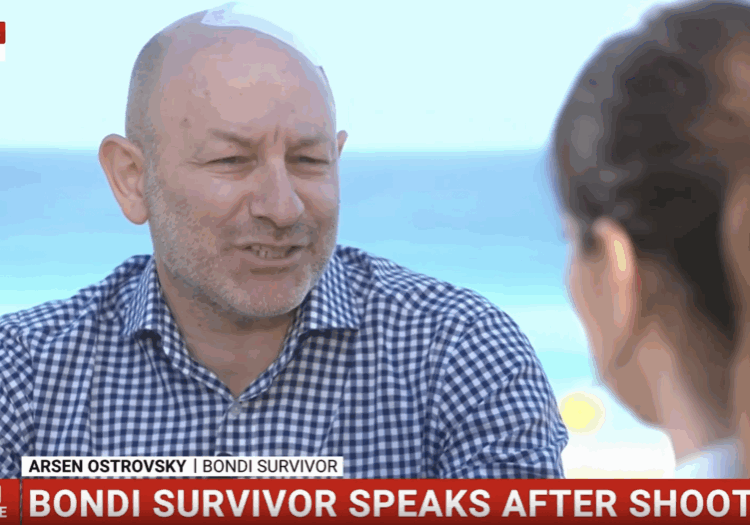
“My first reaction was ‘I need to know where my family is'”: Arsen Ostrovsky on Sky News














